This website uses cookies so that we can provide you with the best user experience possible. Cookie information is stored in your browser and performs functions such as recognising you when you return to our website and helping our team to understand which sections of the website you find most interesting and useful.
Baryshivka
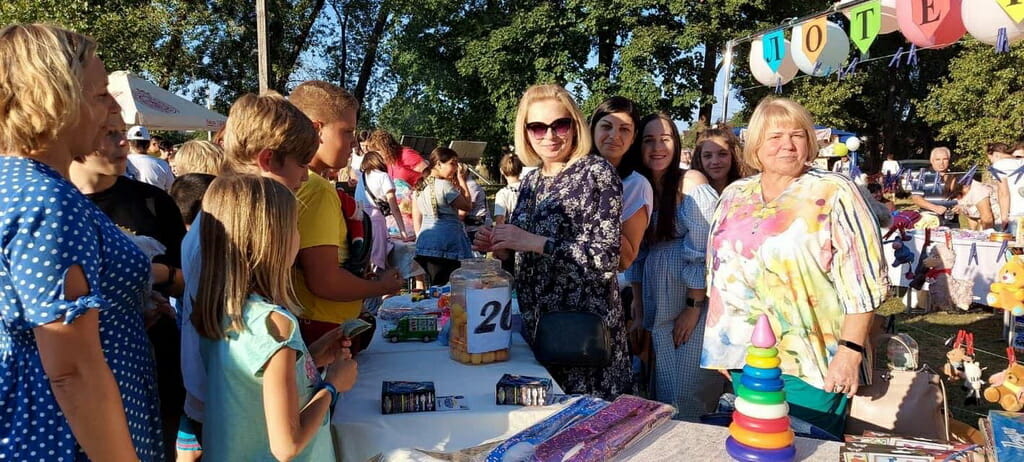
Total population – 27 727
Children under 18 – 4 587
Retired population 8 373
Internally displaced people – 3 022
Baryshivka municipality encompasses a township and 27 villages. It is located within 67 kilometers from the country’s capital city, Kyiv, and is among the largest communities in Kyiv oblast in terms of area.
History
Baryshivka, the centre of Baryshivka municipality, was founded in 985 by the Kyivan Prince Volodymyr Monomakh as a trading and transit town. Until the 16th century the town was surrounded by defensive earthworks and was as an important outpost at Kyiv’s doorstep.
During the so-called Cossacks Era, Baryshivka thrived as a military settlement.
At the turn of the 20th century, the territory of the present-day municipality was the place of an important battle on the Trubizh river when about 300 Ukrainian Cossacks were fending off the advance of the Moscow bolshevik aggressor’s troops for two days early in February 1919 in an effort to win time to evacuate the Ukrainian Government from Kyiv to Zhytomyr.
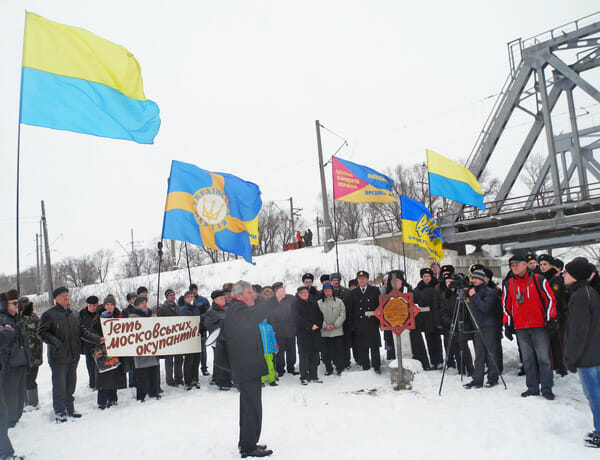
Under the soviet regime, the town was subject to severe repressions, most notably through the Holodomor, the manmade famine as well as mass-scale repressions against the intellectual and professional class as well as orthodox priests and spiritual leaders. During World War II, the town’s Jewish community was almost entirely eliminated through mass executions. After the Chernobyl nuclear power plant catastrophe, the municipality welcomed over 9000 displaced inhabitants of neighbouring Polissia.
Baryshivka’s old churches
Baryshivka municipality boasts of 29 churches, including eight churches designated as cultural heritage landmarks. The oldest one is the wooden Church of St. Nicholas in Bziv village that was built by local peasants in 1863. Here one can find fine examples of wooden and stone churches built in the Cossack baroque and classicism style.
The soviet regime was extremely repressive towards the orthodox church trying to eliminate its influence on community, thus many priests and spiritual leaders were subject to severe repressions and many churches were closed and their buildings repurposed. One such example is the Dormition Church that was demolished and its bishop, Hryhoriy Storozhenko, was repressed. Many churches have lost their original design.
Today, the community is strongly committed to rehabilitation of its rich cultural heritage and works to develop a tourist trail that would educate visitors about the land’s history.
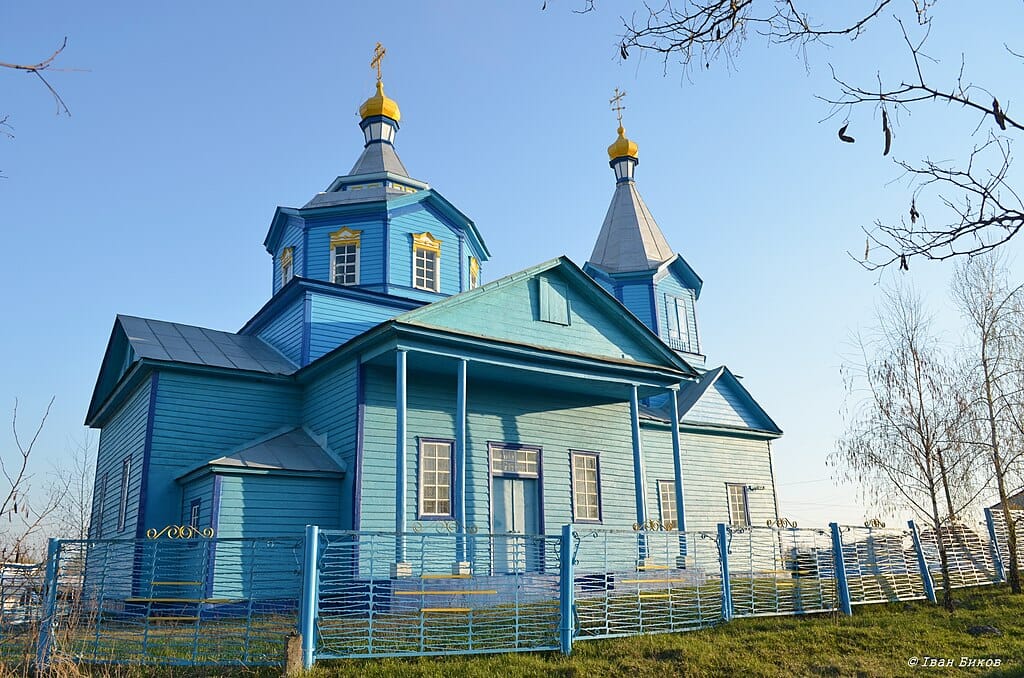

Museums
The municipality has a local history museum that was founded in 1977 in a historic building – the mansion of Hladych, the landowner, built in the 19th century. At the time of the coup in imperial Russia the owners fled abroad. The current museum houses an exposition featuring the artefacts of Trylippia culture, Stone and Bronze Ages. There is also an exhibition of clothing and household items and a 17th century cannon.
It is an interesting fact that before becoming a home for the museum, the building served as a school where Mykola Zerov, the renowned Ukrainian poet and founder of neo-classicism, worked as a teacher.

Another museum in Baryshivka is dedicated to the life and creative works of Taras Shevchenko, the famous Ukrainian poet and national leader. It was in Baryshivka where he wrote his “Ransacked Grave”. The museum has one out of the poet’s four death masks and a collection of Shevchenko’s creative works published during his lifetime.
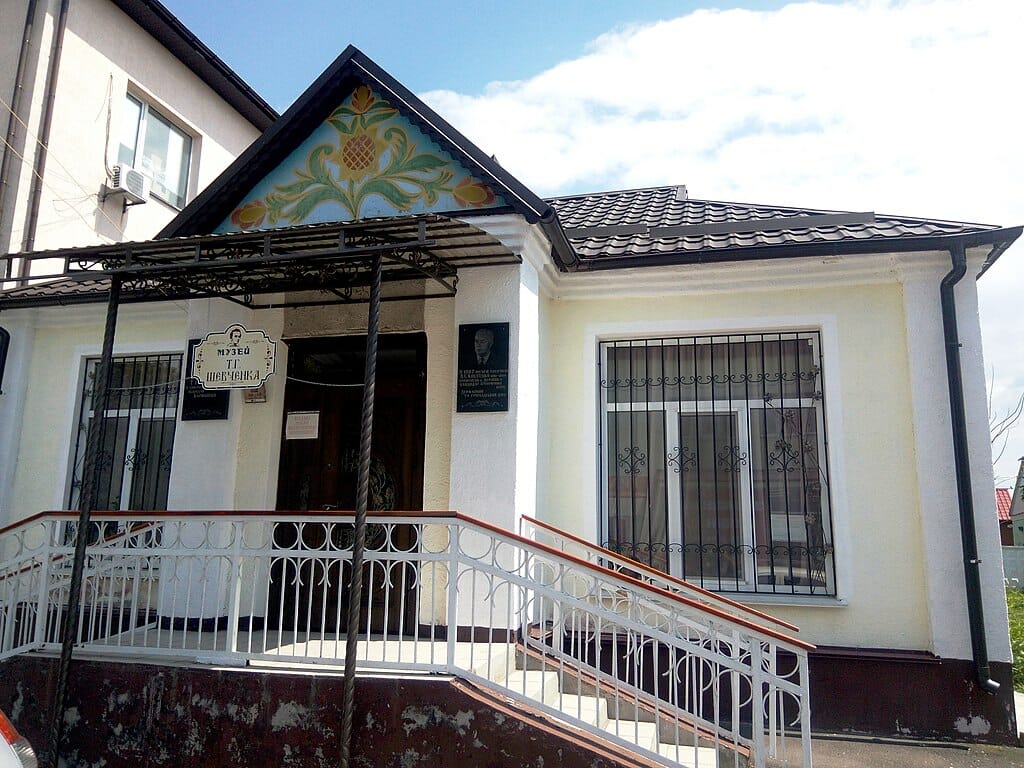
Investing in young people
Baryshivka municipality has 20 clubs, 22 libraries, a music school, and the Dream Centre of Creativity – all working to promote the development of its young residents. Looking forward, the municipality is planning to build a music hall for its music school and an open-air performance space.

Economy
The local economy comprises agriculture, manufacturing, and services industry. In recent years, the municipality has seen an increase in self-employed population working in retail trade and services.
The local agricultural sector is dominated by crops, mainly grain and industrial crops that account for 90% of local produce. The municipality also has two pig farms and several poultry farms. A new greenhouse was opened in Bziv village in 2022.
The municipality receives the lion’s share of its revenues from companies operating in food, chemical, metalworking and woodworking industries. There are more that 50 industrial facilities producing a wide range of products from confectionery to plastic, polymeric tubes, to steelwork, leather, and components for industrial incubators. Many companies were incorporated with foreign investments and export their products to a dozen countries all over the world.

Environmental protection
The municipality has created four nature reserves. Alta landscape park built in the 19th century as a nobility garden in Podillia village is a local landmark. The adjacent area is also a wetland reserve of the same name, which is an important sanctuary for wetland birds, essential for local environmental sustainability in a broader context. Next to it is another sanctuary – Podilsky water reserve. Both protected areas are part of a vast wetland stretching from Boryspil to Pereyaslav-Khmelnytsky.
Bakumivka botanical conservatory and Borschivsky woodland conservatory are famous for their medieval oaks and linden trees. It is also a home of the martagon lily recognized by the Red Book of Ukraine.

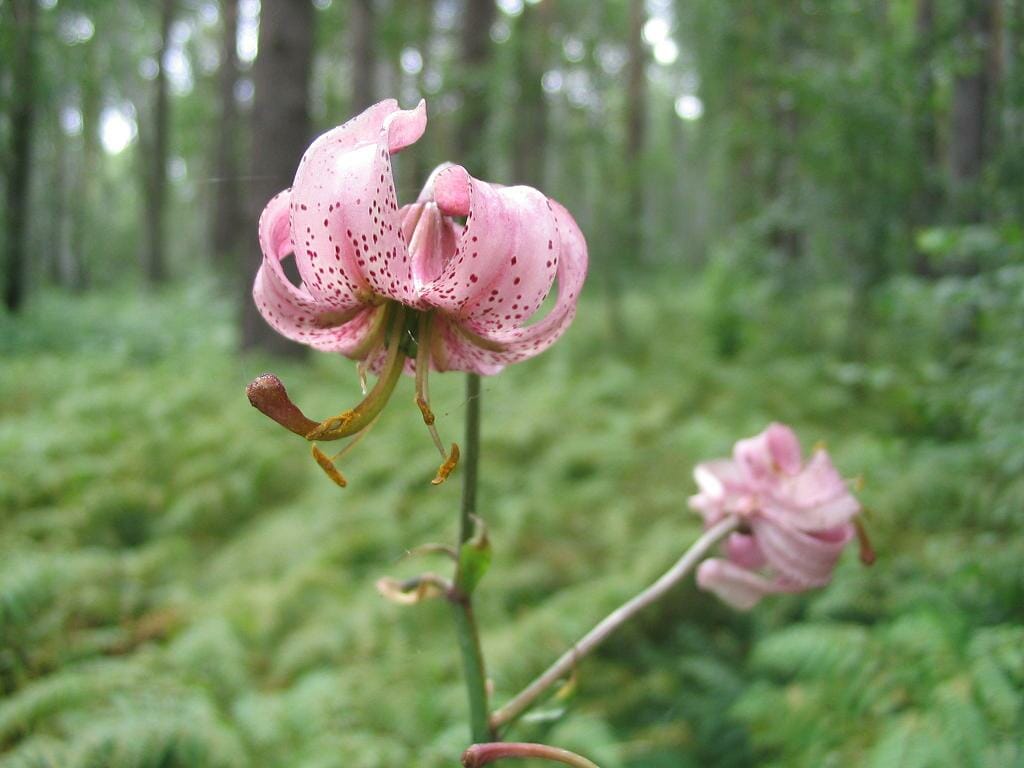
Baryshivka municipality was first short-listed and then selected as a winner in the third round of competition leading to the development of a sustainable energy development and climate plan. The municipality has completed the initial fact-finding phase of the project and looks to launching the implementation phase as soon as it becomes possible.
Cooperation with a German municipality
For over 30 years, Baryshivka municipality has been engaged in active cooperation with the German municipality of Pullach. This partnership has brought about many initiatives and projects benefitting the community. Some examples include reconstruction of the water supply system and important professional exchanges for local teachers and doctors.
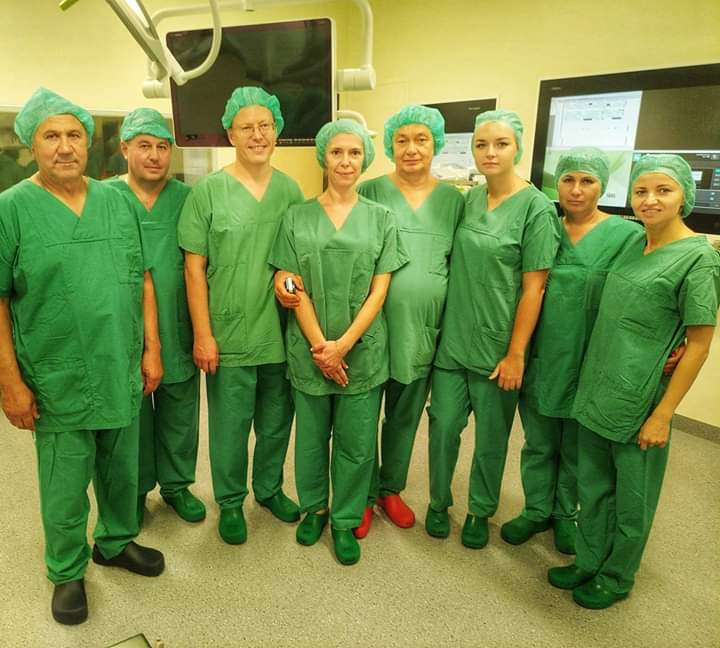
Community and war
On February 24, the Russian evaders launched their massive assault targeting Kyiv and making advances through Sumy oblast. Already on March 2, inhabitants of three villages – Rudnytske, Peremoha and Lukianivka – found themselves under occupation of the Russian troops. For over a month, the enemy was relentlessly shelling homes, schools, kindergartens, and churches raining on them all kinds of firepower. The strikes caused major destructions and disruptions of critical infrastructure in many settlements, and the occupiers looted and partially demolished a school and a kindergarten.
“In villages our children were forced to hide in shelters and cellars from artillery shelling, mortar rounds and gunfire that would not go hour after hour, witnessing all kinds of horror and suffering severe psychological trauma”, local residents recall.
On March 11, the aggressor hit Baryshivka with rockets, totally demolishing an apartment complex for 60 households and heavily damaging four apartment buildings and ten private houses. Six people got injured.

In Lukianivka village, the Russian tank fired four shots targeting the unique Church of Ascension which was built in 1879 and survived World War II.
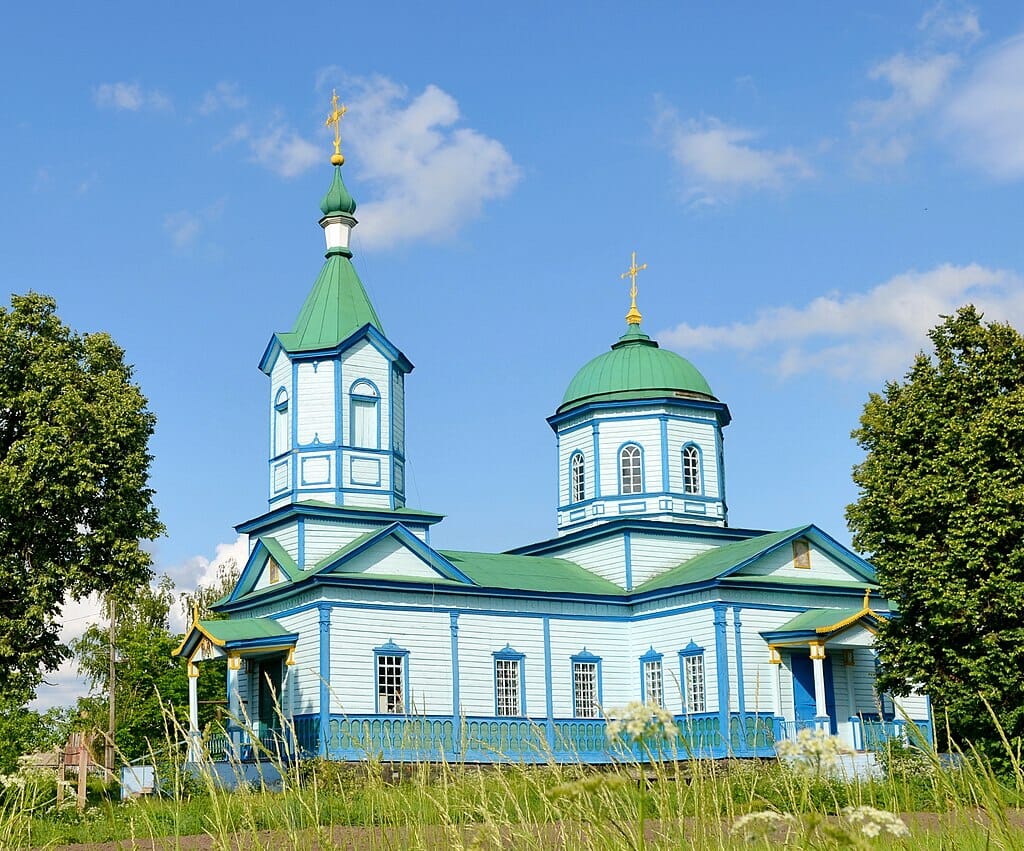

The Ukrainian army detonated a local bridge to contain the onslaught of the Russian occupiers. It helped eliminate the Russian military convoy and halt the further advance in Kyiv oblast.
Recovery after occupation
In Rudnytske and Lukianivka villages, the local communities have already started some preparatory efforts for re-building and renovation of the local school. People have cleared the debris left by the occupiers and cleaned up classrooms damaged by shelling.


Mayor
Oleksandr Varenichenko is mayor of Baryshivka municipality.

Vision for the future
Going forward, the development priorities include ramping up services for citizens, promotion of tourism, improving social infrastructure and leadership in Kyiv oblast when it comes to attracting investment in local economy.
In order to achieve these objectives, the municipality is taking active steps to digitalize administrative services, set up tourist trails, improve municipal economy management. It also strives to create new opportunities for businesses and promote sustainable and green industries.


